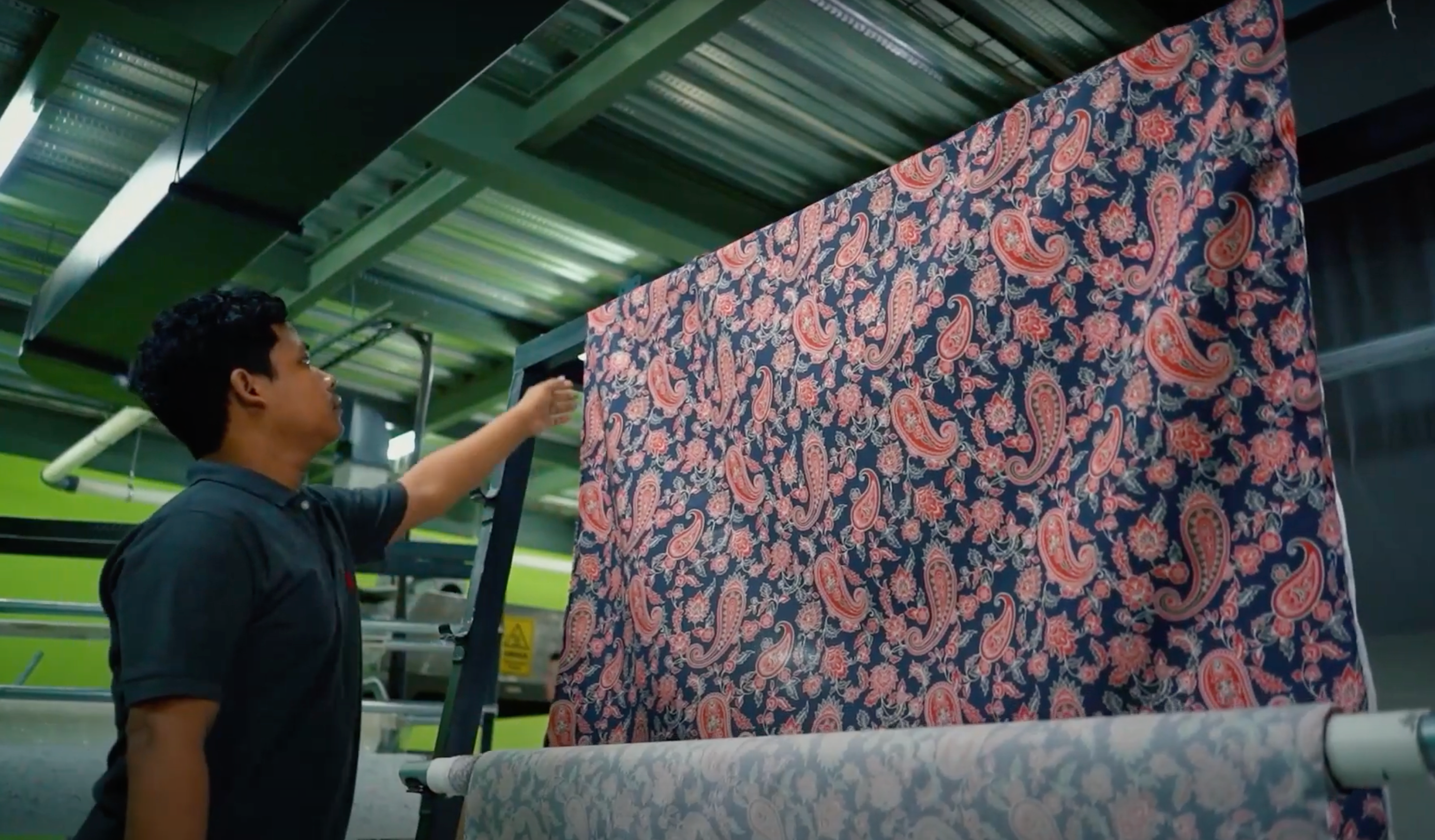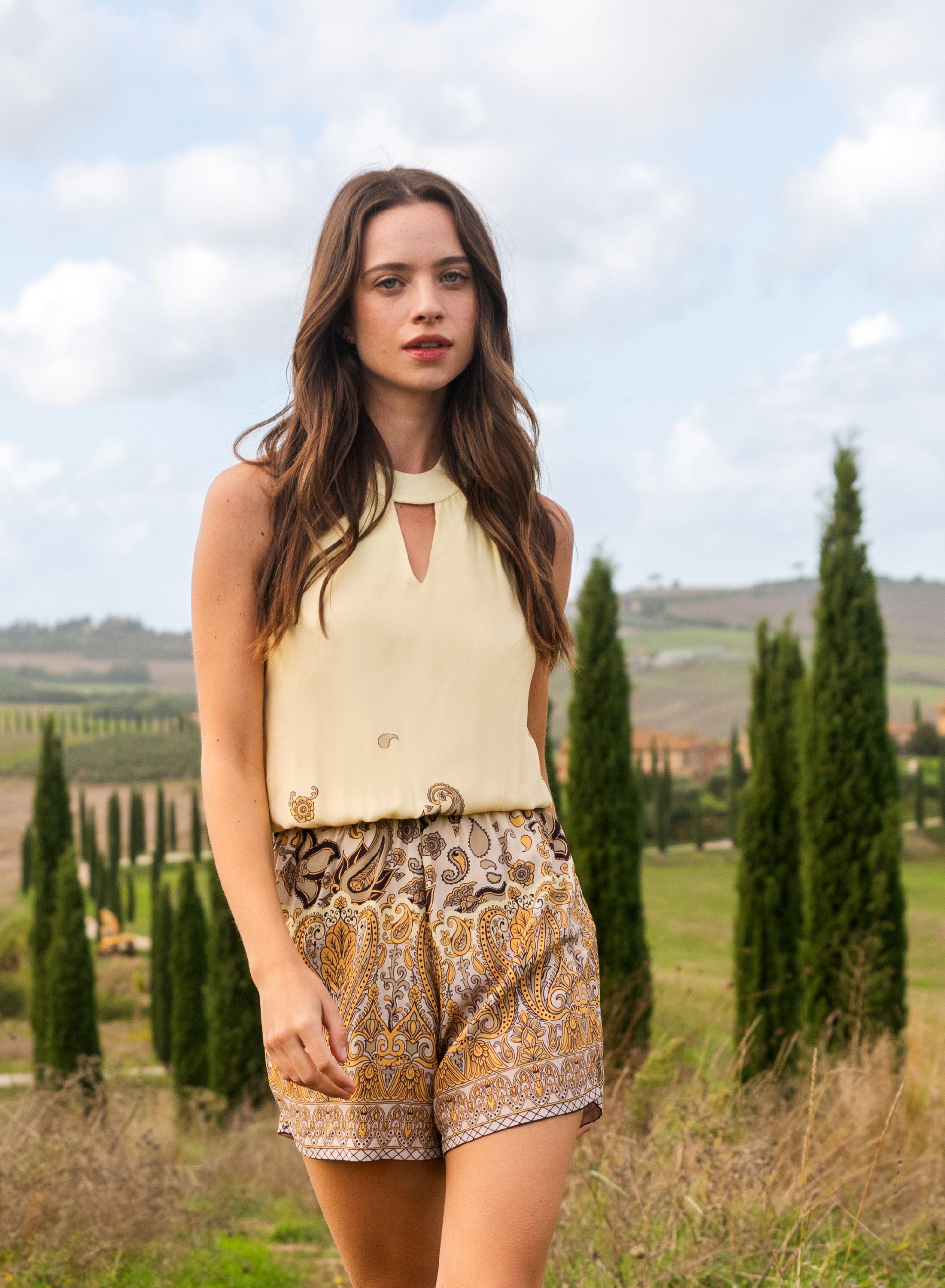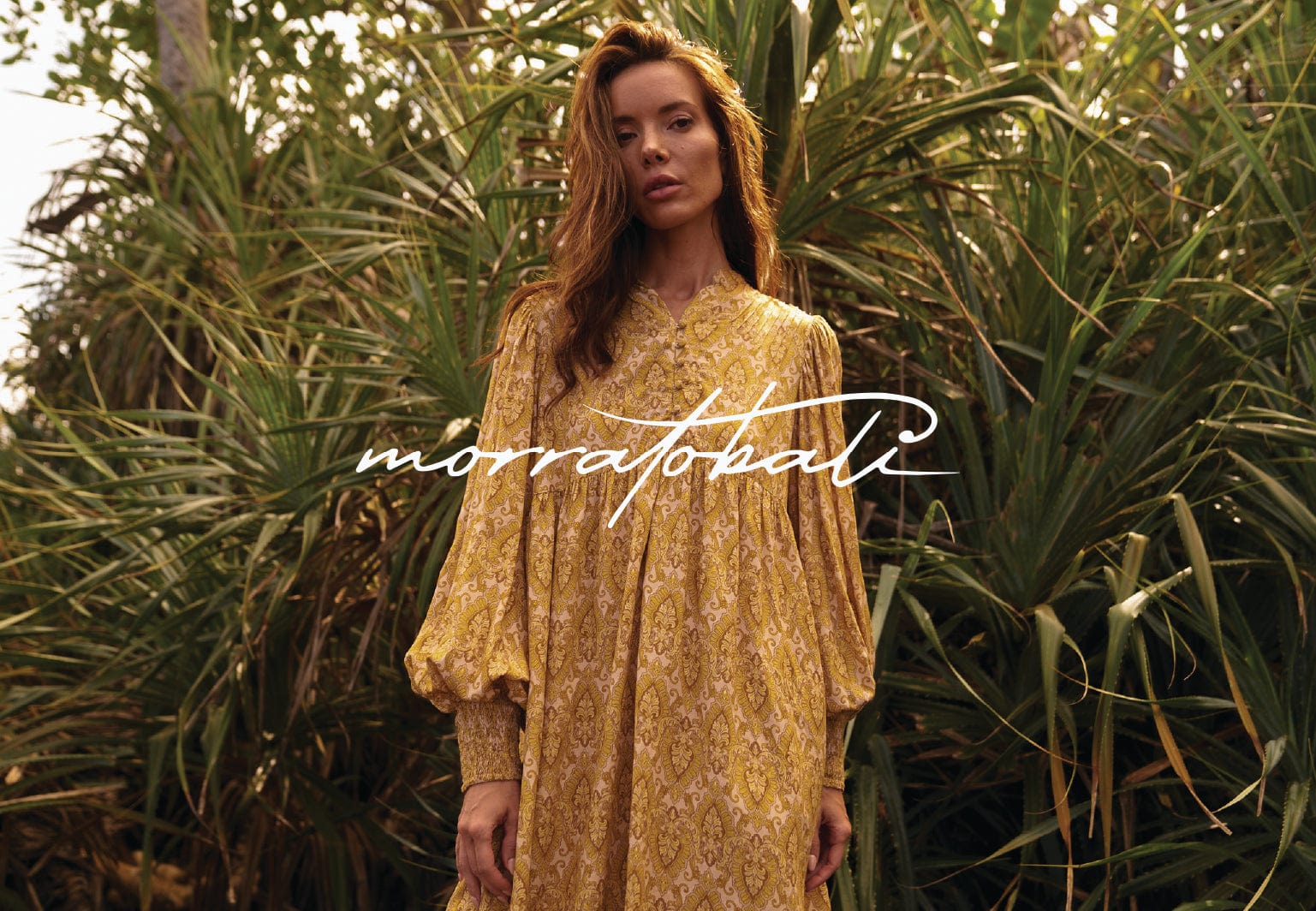The fashion industry is undergoing a profound transformation as consumers become increasingly aware of its environmental and social impacts. This shift towards sustainability is reshaping how we think about, produce, and consume clothing. In this comprehensive guide, we'll explore the world of sustainable fashion, its importance, and how you can make more conscious choices in your wardrobe.
Sustainable fashion is a movement that aims to create clothing in a way that minimizes negative impacts on the environment and ensures fair treatment of workers throughout the supply chain. It's about fostering change in the fashion system to promote greater ecological integrity and social justice. This approach considers not just the end product, but the entire lifecycle of garments - from design and production to use and disposal.
As we delve into this topic, we'll discover how sustainable fashion intersects with various styles, including the free-spirited Bohemian aesthetic. Brands like Morrato Bali, which blend boho-inspired designs with a Balinese twist, demonstrate how traditional craftsmanship and sustainable practices can come together to create unique, eco-friendly fashion.
Understanding the Environmental Impact of Fashion
The fashion industry's environmental footprint is staggering. It accounts for a significant portion of global greenhouse gas emissions, water pollution, and waste generation. Fast fashion, characterized by cheap, trendy clothing produced and consumed rapidly, has exacerbated these issues.
The Carbon Footprint of Clothing Production
Textile manufacturing is energy-intensive, often relying on fossil fuels. The production of synthetic fibers like polyester, which is derived from petroleum, contributes significantly to carbon emissions. Additionally, the transportation of raw materials and finished products across global supply chains adds to the industry's carbon footprint.
Water Pollution and Consumption
The fashion industry is a major consumer and polluter of water. Cotton cultivation, for instance, requires vast amounts of water and often involves the use of harmful pesticides. Textile dyeing and treatment processes release toxic chemicals into waterways, affecting ecosystems and human health.
Textile Waste and Landfills
The rise of fast fashion has led to a throwaway culture where clothes are discarded after just a few wears. This results in millions of tons of textile waste ending up in landfills each year. Many synthetic fabrics do not biodegrade, further compounding the problem.
The Social Dimension of Sustainable Fashion
Sustainable fashion isn't just about environmental concerns; it also addresses social issues within the industry. This includes fair wages, safe working conditions, and ethical labor practices.
Worker Rights and Safety
The fashion industry has faced scrutiny for poor working conditions, particularly in developing countries. Sustainable fashion advocates for fair labor practices, safe working environments, and the elimination of child labor and forced labor.
Fair Wages and Economic Empowerment
Many garment workers, especially in fast fashion supply chains, are paid below living wages. Sustainable fashion brands often prioritize fair compensation and support economic empowerment initiatives in the communities where they operate.
Preserving Traditional Craftsmanship
Sustainable fashion can play a role in preserving cultural heritage by supporting traditional textile crafts and techniques. Brands like Morrato Bali showcase how traditional Balinese artistry can be incorporated into modern, sustainable fashion.
Key Principles of Sustainable Fashion
Sustainable fashion encompasses several key principles that guide both producers and consumers towards more responsible practices.
Quality Over Quantity
One of the fundamental shifts in sustainable fashion is the emphasis on quality over quantity. This means investing in well-made, durable pieces that will last for years rather than cheap, disposable items.
Ethical Sourcing and Production
Sustainable fashion brands prioritize ethical sourcing of materials and responsible production methods. This includes using organic or recycled materials, implementing water-saving techniques, and ensuring fair labor practices throughout the supply chain.
Circular Fashion and Waste Reduction
The concept of circular fashion aims to create a closed-loop system where materials and products are reused, recycled, or biodegraded. This approach minimizes waste and reduces the need for new raw materials.
Transparency and Traceability
Sustainable fashion advocates for greater transparency in the supply chain. Brands are increasingly providing information about where and how their products are made, allowing consumers to make more informed choices.
Materials in Sustainable Fashion
The choice of materials plays a crucial role in the sustainability of fashion. Here's an overview of some common sustainable materials and their benefits.
Organic and Regenerative Cotton
Organic cotton is grown without the use of harmful pesticides and requires less water than conventional cotton. Regenerative cotton goes a step further by using farming practices that improve soil health and biodiversity.
Recycled Fabrics
Recycled polyester made from plastic bottles and recycled cotton from textile waste are becoming increasingly popular. These materials reduce the demand for virgin resources and help address the issue of waste.
Innovative Eco-Friendly Fabrics
New sustainable materials are constantly being developed. These include fabrics made from agricultural waste, such as pineapple leaves (Piñatex) or orange peels, as well as lab-grown leather alternatives.
Natural Dyes and Low-Impact Processing
The use of natural dyes and low-impact processing techniques can significantly reduce the environmental impact of textile production. Many sustainable brands are exploring traditional dyeing methods and innovative eco-friendly processes.
Sustainable Fashion and Style: The Bohemian Connection
Sustainable fashion doesn't mean sacrificing style. In fact, many sustainable brands are at the forefront of fashion, offering unique and beautiful designs. The Bohemian aesthetic, with its emphasis on natural materials and artisanal techniques, aligns well with sustainable fashion principles.
Embracing Sustainable Boho Fashion
Bohemian fashion, known for its free-spirited and eclectic style, often incorporates natural fabrics, handcrafted details, and vintage elements. These characteristics make it a natural fit for sustainable fashion practices.
Sustainable Boho Dresses: A Wardrobe Staple
Boho dresses, a staple of Bohemian fashion, can be both stylish and sustainable. Look for dresses made from organic cotton, linen, or recycled materials. Brands like Morrato Bali offer boho-inspired dresses that combine sustainability with Balinese craftsmanship.
Artisanal Techniques in Sustainable Boho Fashion
Many sustainable boho fashion brands incorporate traditional artisanal techniques like hand-weaving, block printing, and natural dyeing. These methods not only create unique pieces but also support local craftspeople and preserve cultural heritage.
How to Build a Sustainable Wardrobe
Transitioning to a more sustainable wardrobe doesn't have to happen overnight. Here are some steps you can take to gradually make your fashion choices more eco-friendly.
Assess Your Current Wardrobe
Start by taking inventory of what you already own. Identify pieces that you love and wear often, as well as items that no longer serve you. This will help you understand your personal style and needs.
Adopt a Mindful Shopping Approach
Before making a purchase, ask yourself if you really need the item and if it aligns with your values. Consider factors like the material, production methods, and the brand's sustainability practices.
Invest in Versatile, High-Quality Pieces
Choose well-made items that can be styled in multiple ways and will last for years. This might mean spending more upfront, but these pieces will offer better value in the long run.
Explore Secondhand and Vintage Options
Shopping secondhand is one of the most sustainable ways to refresh your wardrobe. Thrift stores, vintage shops, and online resale platforms offer unique finds and extend the life of existing clothing.
Caring for Your Clothes Sustainably
Proper care can significantly extend the life of your clothing, reducing the need for frequent replacements.
Washing and Drying Tips
Wash clothes less frequently and at lower temperatures to save energy and reduce wear. Air-dry when possible, and use eco-friendly detergents to minimize water pollution.
Repairing and Mending
Learn basic sewing skills to repair small tears or replace buttons. For more complex repairs, consider using professional mending services.
Proper Storage
Store clothes properly to prevent damage. Use breathable garment bags for delicate items and avoid overcrowding your closet.
The Future of Sustainable Fashion
The fashion industry is evolving rapidly, with new technologies and innovative approaches paving the way for a more sustainable future.
Technological Innovations
Advancements in textile recycling, 3D printing, and bio-fabrication are opening up new possibilities for sustainable fashion production.
Changing Consumer Behaviors
As awareness grows, consumers are demanding more transparency and sustainability from fashion brands. This shift is driving industry-wide changes in production and marketing practices.
Policy and Regulation
Governments around the world are implementing regulations to address the environmental and social impacts of the fashion industry. These policies are likely to shape the future of fashion production and consumption.
Embracing Sustainable Fashion
Sustainable fashion is more than just a trend; it's a necessary shift towards a more responsible and ethical industry. By making conscious choices about what we wear and how we consume fashion, we can contribute to positive change.
Remember, every purchase is a vote for the kind of world we want to live in. Whether you're drawn to bohemian-inspired pieces from brands like Morrato Bali or prefer a different aesthetic, there are sustainable options available for every style preference.
As we move forward, let's embrace the beauty of sustainable fashion - not just for its environmental and social benefits, but for the creativity, craftsmanship, and individuality it represents. By choosing sustainable fashion, we're not just dressing ourselves; we're dressing for a better future.



